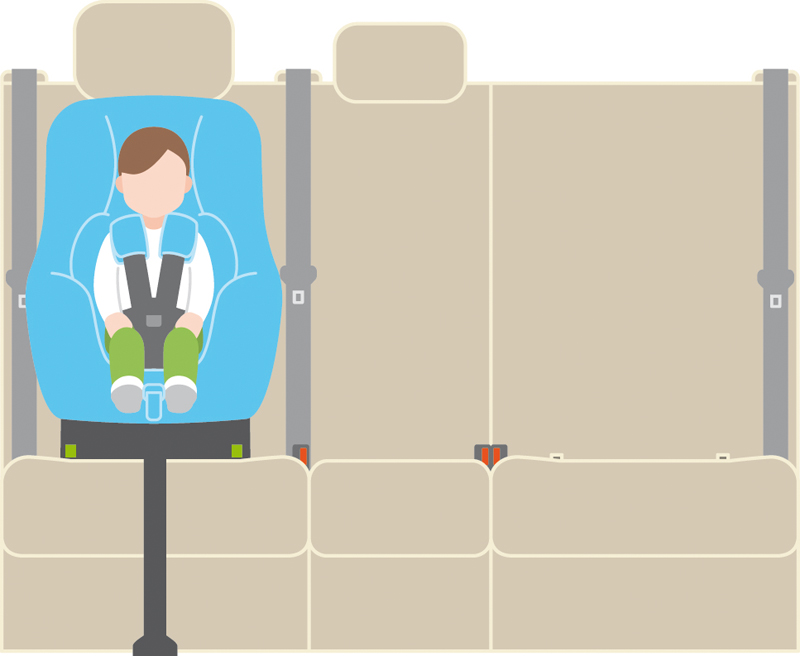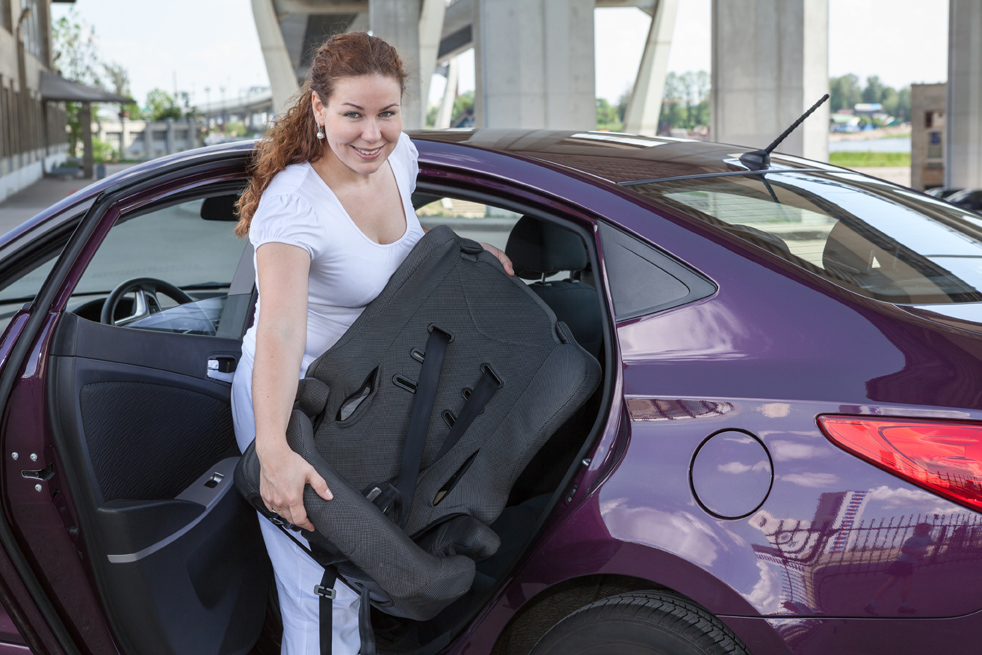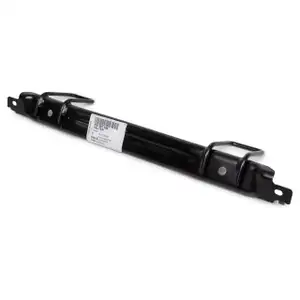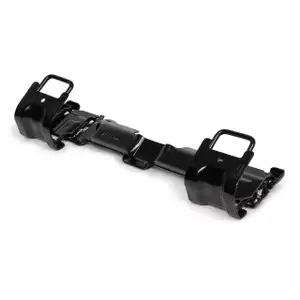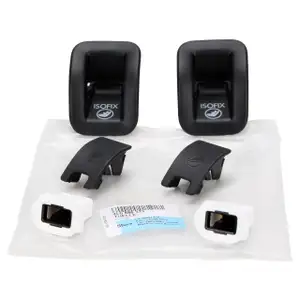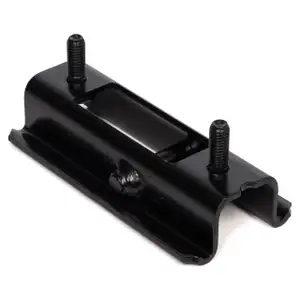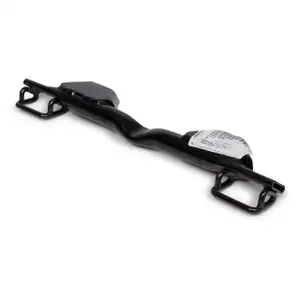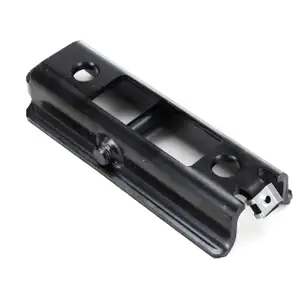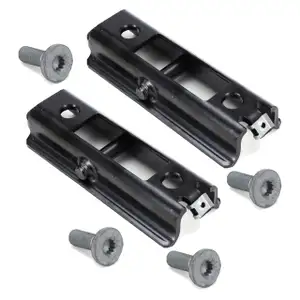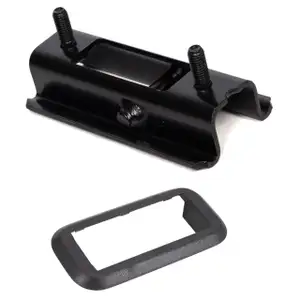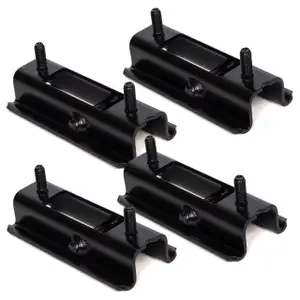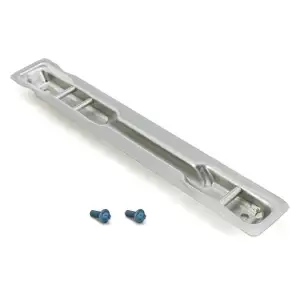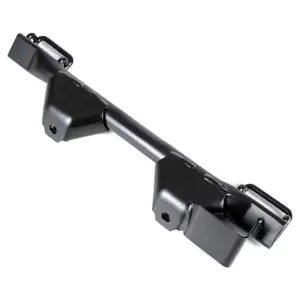service
Our competent staff will be pleased to advise you.
Quality pays off!
High availability
Free shipping in DE from 99 € excl. bulky goods
30 days return policy
all categories
-
Body parts
- Accessories car doors / Car locks
- Air filter housing
- Body mountings
- Bonnet hinge
- Bumpers
- Car cabin
- Car door protector strips
- Car Doors
- Crossmembers / Crossbeams
- Exterior mirrors
- Fenders / Mudguards
- Fuel caps
- Fuel tanks
- Gas springs
- Hoods / Bonnet insulation
- Jack holder
- Mounting material
- Mud flaps
- Profile frames
- Rear doors / Tailgates
- Roof antennas
- Side skirts
- spoiler
- Towing hooks
- Underbody protection
-
Car accessories
- Air Freshener Car
- Armrests
- BMW Motorcycle
- Bumper protection
- Car badges
- Car care products
- Car hifi / multimedia devices
- Car mats / Car floor mats
- Car paints / Car colours
- Clothing / Accessories
- Door sill trims
- Hat racks
- Interior / Accessories
- Isofix retrofits
- Keychain / Cases
- license plate holder
- Parking assists
- Pulling devices
- Radio remote control
- Rims / Hubcaps
- Roof rack / Coupler carrier
- Seat heating
- Sunscreens
- Trunk accessories
- Wind deflectors
- Workshop supplies
- Car maintenance
- Filters
- Maintenance packages
-
Spareparts
- Axle / wheel suspension
- Bearing / Buffer
- Belt drive
- Brakes
- Car electronics
-
Car Sensors
- ABS sensors
- Accelerator pedal sensors
- Accelerometers
- Anti-fog sensors / Rain sensors
- Boost pressure sensors
- Camshaft sensors
- Coolant level sensors
- Crankshaft sensors
- Differential pressure sensors
- Fuel pressure regulators
- Headlamp levelling sensors
- Oil level sensors
- Oil pressure sensors
- Oil pressure switches
- Parking Sensors
- Sensor exhaustgas temperature
- Speed sensors
- Steering angle sensors
- Tyre pressure sensors
- water sensors
- Clutch
-
Cooling / Ventilation
- Air conditioner accessories
- air conditioning compressor
- Air-conditioning capacitors
- Climatic dryer
- Coolant flanges
- Coolant tank
- Cooling cover
- Cooling hoses
- Engine intercoolers
- Evaporator Air Condition Auto
- Fan controllers
- Fan motors
- Heating valves
- Oil cooler
- Pressure switch air conditioning
- Refrigerant lines
- Temperature sensors
- Thermostats
- Turbo cooler
- Valves Air conditioning
- Water pipes / Coolant pipes
- Water pumps
-
Engine parts
- Airflow Meters
- Alternators
- Bowden cables
- Camshafts
- Control housing gaskets
- crankshafts
- Cylinder head cover
- Cylinder head gaskets
- engine mounts
- Fuel cooler / fuel preheater
- Fuel pumps
- Hydraulic tappets / Valve tappets
- Injection Nozzles
- Injection pumps
- Injection systems
- Inlet Valves / Outlet Valves
- Oil caps
- Oil dipsticks
- Oil drain screws
- Oil filter housing
- Oil hoses
- Oil pan gaskets
- Oil pans
- Oil pumps
- Rocker arm
- Shaft seals / Simmer rings
- Tank filler
- Throttle valves
- Timing chains
- Valve cover gaskets
- Vent valves
- Venting hoses
-
Exhaust parts
- catalysts
- Charge air hoses / Turbo hoses
- EGR valves
- exhaust pipes
- Exhaust silencer / Exhaust trims
- Heat protection shields
- Intake manifold / Exhaust manifold
- Lambda sensors / NOx sensors
- Manifold seals
- Mounting material
- Oil hoses / Oil lines
- Pressure transducer
- soot particle filter
- Vacuum cans / Turbocharger
- Heating
- Ignition system
- Lighting parts / Vehicle Lighting
- Miscellaneous
- Steering
- Suspension / Damping
- Switches
- Transmission
- Window cleaning
Spareparts
-
Exhaust parts
- catalysts
- Charge air hoses / Turbo hoses
- EGR valves
- exhaust pipes
- Exhaust silencer / Exhaust trims
- Heat protection shields
- Intake manifold / Exhaust manifold
- Lambda sensors / NOx sensors
- Manifold seals
- Mounting material
- Oil hoses / Oil lines
- Pressure transducer
- soot particle filter
- Vacuum cans / Turbocharger
- Axle / wheel suspension
- Lighting parts / Vehicle Lighting
- Brakes
- Suspension / Damping
- Transmission
- Heating
- Car electronics
-
Cooling / Ventilation
- Air conditioner accessories
- air conditioning compressor
- Air-conditioning capacitors
- Climatic dryer
- Coolant flanges
- Coolant tank
- Cooling cover
- Cooling hoses
- Engine intercoolers
- Evaporator Air Condition Auto
- Fan controllers
- Fan motors
- Heating valves
- Oil cooler
- Pressure switch air conditioning
- Refrigerant lines
- Temperature sensors
- Thermostats
- Turbo cooler
- Valves Air conditioning
- Water pipes / Coolant pipes
- Water pumps
- Clutch
- Bearing / Buffer
- Steering
-
Engine parts
- Airflow Meters
- Alternators
- Bowden cables
- Camshafts
- Control housing gaskets
- crankshafts
- Cylinder head cover
- Cylinder head gaskets
- engine mounts
- Fuel cooler / fuel preheater
- Fuel pumps
- Hydraulic tappets / Valve tappets
- Injection Nozzles
- Injection pumps
- Injection systems
- Inlet Valves / Outlet Valves
- Oil caps
- Oil dipsticks
- Oil drain screws
- Oil filter housing
- Oil hoses
- Oil pan gaskets
- Oil pans
- Oil pumps
- Rocker arm
- Shaft seals / Simmer rings
- Tank filler
- Throttle valves
- Timing chains
- Valve cover gaskets
- Vent valves
- Venting hoses
- Belt drive
- Switches
- Window cleaning
-
Car Sensors
- ABS sensors
- Accelerator pedal sensors
- Accelerometers
- Anti-fog sensors / Rain sensors
- Boost pressure sensors
- Camshaft sensors
- Coolant level sensors
- Crankshaft sensors
- Differential pressure sensors
- Fuel pressure regulators
- Headlamp levelling sensors
- Oil level sensors
- Oil pressure sensors
- Oil pressure switches
- Parking Sensors
- Sensor exhaustgas temperature
- Speed sensors
- Steering angle sensors
- Tyre pressure sensors
- water sensors
- Miscellaneous
- Ignition system
Body parts
- Towing hooks
- Accessories car doors / Car locks
- Car Doors
- Exterior mirrors
- Mounting material
- Roof antennas
- Gas springs
- Rear doors / Tailgates
- Car cabin
- Body mountings
- Fenders / Mudguards
- Fuel tanks
- Air filter housing
- Hoods / Bonnet insulation
- Bonnet hinge
- Profile frames
- Crossmembers / Crossbeams
- Mud flaps
- Side skirts
- spoiler
- Bumpers
- Fuel caps
- Underbody protection
- Jack holder
- Car door protector strips
Car accessories
- Pulling devices
- Clothing / Accessories
- Car mats / Car floor mats
- Car paints / Car colours
- Car care products
- BMW Motorcycle
- Car hifi / multimedia devices
- Roof rack / Coupler carrier
- Parking assists
- Door sill trims
- Car badges
- Rims / Hubcaps
- Radio remote control
- Interior / Accessories
- Isofix retrofits
- license plate holder
- Trunk accessories
- Hat racks
- Bumper protection
- Air Freshener Car
- Armrests
- Keychain / Cases
- Seat heating
- Sunscreens
- Workshop supplies
- Wind deflectors
1
product comparison
